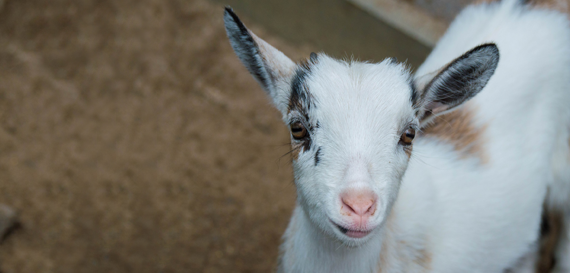Emergencies

Emergencies - What YOU Can Do
While most accidents or health problems are minor, occasionally something disastrous happens, and we are faced with a real emergency. Most of us know a little first aid, but it's reassuring to have a short guide to follow when disaster strikes. Here's what our veterinarian suggests as practical emergency care. 
For cuts/lacerations on legs: 
If there's a large amount of bleeding present to the point of weakness (in the animal, not you!), panting or even coma, FORGET about cleaning the wound at this point! You need to stop or control the bleeding first. 
A kitchen towel soaked in ice water will make a good temporary bandage. Either hold it on manually, applying moderate pressure, or if you need to leave the animal for a moment, wrap the bandage securely with vetwrap, duct tape, rope, etc., anything that will keep pressure on the wound. 
Seek veterinary assistance immediately. Keep the animal warm and quiet until help arrives. You might keep an old quilt or blanket handy for just such an emergency. 
For broken limbs (treatment depends on type of injury): 
If you're not sure the limb is fractured (there's no obvious broken bone), first try to immobilize the joint above the suspected break. You can wrap a heavy towel around the leg and hold it fairly tight with vetwrap or tape. You can also use wood splints wrapped with a towel or cotton (wood shingles cut to size work well), even rolled newspapers or magazines. Hold these together with vetwrap or tape. Seek medical assistance. 
If there's an obvious fracture, do not attempt to set bone yourself. First, if the bone is through the skin, coat the wound and bone with an antibiotic such as nitrofurazone, cover the bone and wound with a clean towel or bandage, and then try to immobilize the joint as suggested above. Seek medical attention for the injury immediately because this type of injury to the bone can very easily cause infection. With injuries of this type as with all others, keep the animal warm with blankets if necessary and try to keep the animal calm. 
For weak kids: 
If you have a newborn that won't nurse and is weak, try the following. Dilute some Karo Syrup in 2 pints of warm water and carefully dribble a little into the kid's mouth. Don't feed too much or too fast. The Pritchard teat works best for this type of feeding as it delivers just a little bit in the kid's mouth. 
This solution supplies quick, digestible energy, usually enough to get the kid strong enough to begin normal nursing. If you're desperate and don't have any Karo, a tiny bit of black coffee fed to a weak kid will often provide enough stimulant to get it going. 
If the kid is too weak to nurse, you might try tube-feeding him, using a weak kid syringe. If the kid fails to respond quickly, seek medical attention. 
Other emergencies: 
If you come out to find an animal in obvious distress, your best move is to quickly but calmly survey its vital signs and general condition so you can give the vet the best opportunity to help you. 
Check the rate of breathing. Is it rapid, slow, labored, shallow? Does the goat show signs of bloat? Can the animal move its limbs or are they rigid? Outstretched? 
Is there any mucous around the nose, mouth or eyes? Any bloody discharge from the mouth, nose, vagina, rectum? 
Any fever? Low temperature? Is the animal in shock? A healthy animal usually has pink, rosy gums; a shocky one has pale gums. Is the animal dehydrated? Pinch a bit of skin on the neck. If it doesn't snap back fairly quickly, the goat might be dehydrated. 
In pregnant does, smell the breath or urine; if it smells like acetone, she may be ketotic. 
While this is not a complete list, checking these aspects of your animal's condition before calling the vet will help him give you the best advice quickly. 
While waiting for medical assistance, keep the animal warm and calm. Avoid moving it or causing it any unnecessary stress.






Log In